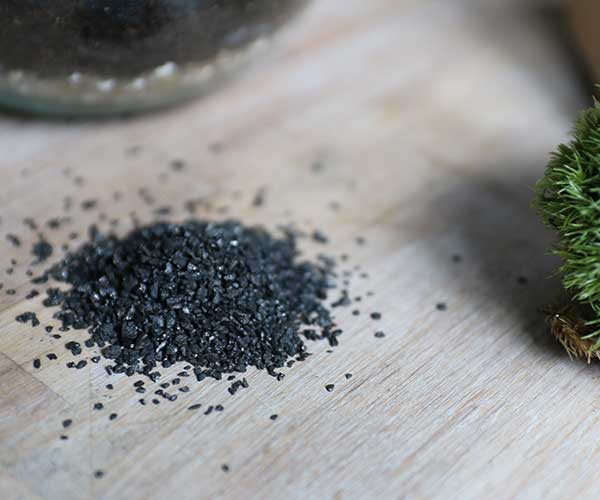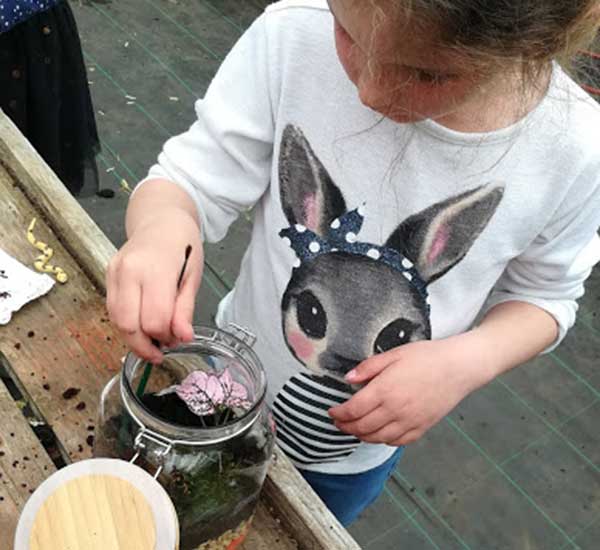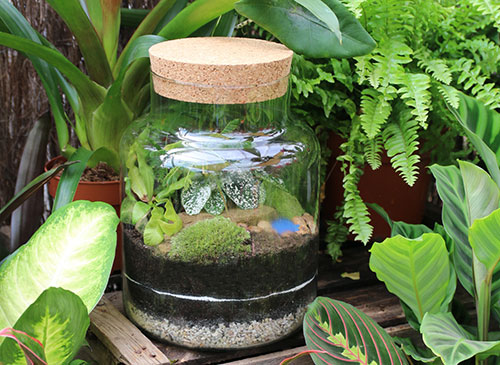
TERRARIUM ELEMENTS: The Benefits of Activated Charcoal in a Terrarium
Keeping your terrarium in optimal health is quite straightforward, particularly if you choose to add in activated charcoal. This rather unassuming substance is not like other charcoal that can be found in fireplaces, BBQ’s or even on burnt food, and has excellent toxin-reducing qualities which will help keep your plants happy and healthy.

Activated charcoal in a fine grain
Where Does Activated Charcoal Come From?
Activated charcoal (also know as activated carbon) is produced from heating wood, bamboo, coconut shells or sawdust to extremely high temperatures which produces a unique kind of charcoal. This process makes it much more porous than any other kind of charcoal and therefore it is exceptionally absorbent, particularly for toxins.
What is it Used For?
The benefits of activated charcoal are many – from being used to remove poisons and for whitening teeth, to helping with digestive health and cleansing the skin, this simple ingredient is becoming more and more popular for a wide range of uses. It also comes in a variety of forms from powder to tiny tubes and grit-like granules.
Aquarium enthusiasts have been using activated charcoal for years as part of water filtration systems, for which is is excellent. This has been upscaled to huge commercial water cleansing systems worldwide, where its natural properties are highly rated.
Closer to home – if you have a bad smell in a fridge, cupboard or other area of your home – adding a small bowl of activated charcoal will soon get rid of any nasty odours!
The Purpose Of Activated Charcoal in a Terrarium
Putting activated charcoal into a terrarium will benefit the plants in a number of ways;
- The anti-toxin properties of the charcoal will help to keep mould and mildew at bay
- The cleansing properties of activated charcoal will filter the water circulating around the terrarium and remove any unwanted matter
- Reduction of harmful gases that neither you nor your plants will enjoy!
- Reducing the possibility of root rot
As the addition of this material to your terrarium can be very subtle, for example, mixed in with the soil or creating a thin layer – I would recommend adding it if you can.



